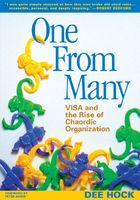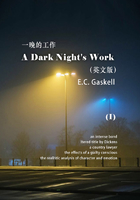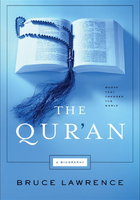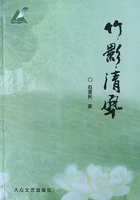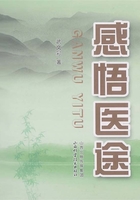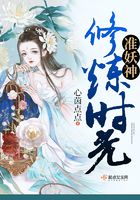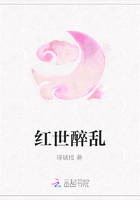Preface
This volume, Therese Raquin, was Zola's third book, but it was the one that first gave him notoriety, and made him somebody, as the saying goes.
While still a clerk at Hachette's at eight pounds a month, engaged in checking and perusing advertisements and press notices, he had already in 1864 published the first series of "Les Contes a Ninon"-a reprint of short stories contributed to various publications; and, in the following year, had brought out "La Confession de Claude." Both these books were issued by Lacroix, a famous go-ahead publisher and bookseller in those days, whose place of business stood at one of the corners of the Rue Vivienne and the Boulevard Montmartre, and who, as Lacroix, Verboeckhoven et Cie., ended in bankruptcy in the early seventies.
"La Confession de Claude" met with poor appreciation from the general public, although it attracted the attention of the Public Prosecutor, who sent down to Hachette's to make a few inquiries about the author, but went no further. When, however, M. Barbey d'Aurevilly, in a critical weekly paper called the "Nain Jaune," spitefully alluded to this rather daring novel as "Hachette's little book," one of the members of the firm sent for M. Zola, and addressed him thus:
"Look here, M. Zola, you are earning eight pounds a month with us, which is ridiculous for a man of your talent. Why don't you go into literature altogether? It will bring you wealth and glory."
Zola had no choice but to take this broad hint, and send in his resignation, which was at once accepted. The Hachettes did not require the services of writers of risky, or, for that matter, any other novels, as clerks; and, besides, as Zola has told us himself, in an interview with my old friend and employer,[1]?the late M. Fernand Xau, Editor of the Paris "Journal," they thought "La Confession de Claude" a trifle stiff, and objected to their clerks writing books in time which they considered theirs, as they paid for it.
Zola, cast, so to say, adrift, with "Les Contes a Ninon" and "La Confession de Claude" as scant literary baggage, buckled to, and set about "Les Mysteres de Marseille" and "Therese Raquin," while at the same time contributing art criticisms to the "Evenement"-a series of articles which raised such a storm that painters and sculptors were in the habit of purchasing copies of the paper and tearing it up in the faces of Zola and De Villemessant, the owner, whenever they chanced to meet them. Nevertheless it was these articles that first drew attention to Manet, who had hitherto been regarded as a painter of no account, and many of whose pictures now hang in the Luxembourg Gallery.
"Therese Raquin" originally came out under the title of "A Love Story" in a paper called the "Artiste," edited by that famous art critic and courtier of the Second Empire, Arsene Houssaye, author of "Les Grandes Dames," as well as of those charming volumes "Hommes et Femmes du 18eme Siecle," and many other works.
Zola received no more than twenty-four pounds for the serial rights of the novel, and he consented at the insistence of the Editor, who pointed out to him that the periodical was read by the Empress Eugenie, to draw his pen through certain passages, which were reinstated when the story was published in volume form. I may say here that in this translation, I have adopted the views of the late M. Arsene Houssaye; and, if I have allowed the appalling description of the Paris Morgue to stand, it is, first of all, because it constitutes a very important factor in the story; and moreover, it is so graphic, so true to life, as I have seen the place myself, times out of number, that notwithstanding its horror, it really would be a loss to pass it over.
Well, "Therese Raquin" having appeared as "A Love Story" in the "Artiste," was then published as a book, in 1867, by that same Lacroix as had issued Zola's preceding efforts in novel writing. I was living in Paris at the time, and I well recall the yell of disapprobation with which the volume was received by the reviewers. Louis Ulbach, then a writer on the "Figaro," to which Zola also contributed, and who subsequently founded and edited a paper called "La Cloche," when Zola, curiously enough, became one of his critics, made a particularly virulent attack on the novel and its author. Henri de Villemessant, the Editor, authorised Zola to reply to him, with the result that a vehement discussion ensued in print between author and critic, and "Therese Raquin" promptly went into a second edition, to which Zola appended a preface.
I have not thought it necessary to translate this preface, which is a long and rather tedious reply to the reviewers of the day. It will suffice to say, briefly, that the author meets the strictures of his critics by pointing out and insisting on the fact, that he has simply sought to make an analytic study of temperament and not of character.
"I have selected persons," says he, "absolutely swayed by their nerves and blood, deprived of free will, impelled in every action of life, by the fatal lusts of the flesh. Therese and Laurent are human brutes, nothing more. I have sought to follow these brutes, step by step, in the secret labour of their passions, in the impulsion of their instincts, in the cerebral disorder resulting from the excessive strain on their nerves."
EDWARD VIZETELLY SURBITON, 1 December, 1901.
Note
[1] He sent me to Hamburg for ten days in 1892 to report on the appalling outbreak of cholera in that city, with the emoluments of ten pounds a day, besides printing several articles from my pen on Parisian topics.-E. V.

